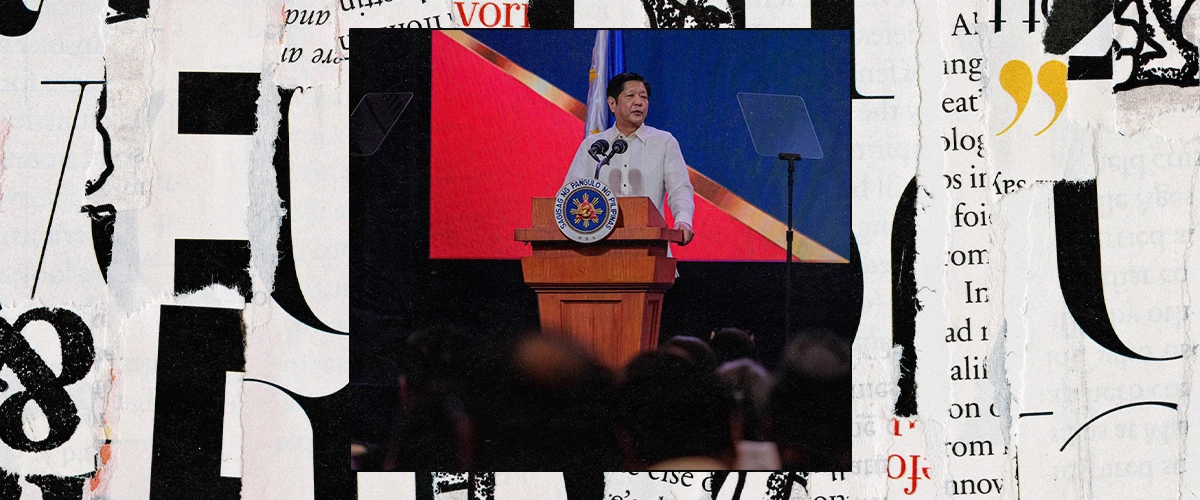IN RECENT years, deepfake technology has developed as a potent tool for creating very realistic synthetic media such as films, pictures, and audio recordings.
While this technology offers exciting potential for entertainment, art, and even some helpful applications, its misuse can have serious and negative consequences for individuals, societies, and democratic institutions.
One of the most troubling elements of deepfakes is their ability to erode trust and credibility. Deepfake technology gets more advanced and accessible, making it increasingly difficult to distinguish between authentic and modified content.
Deepfakes, for example, could be used by fake individuals to distribute false information, encourage violence, or discredit public personalities, causing uncertainty and turmoil in society.
Deepfake footage of the President
Yesterday, April 23, the Malacañang Palace refuted a deepfake video of the President, claiming to stop the propagation of fake news on social media.
In the video, President Ferdinand Marcos Jr. is allegedly instructing the Armed Forces of the Philippines to strike against a foreign country. However, the Palace did not indicate which video or where it was being shared.
“It has come to the attention of the Presidential Communications Office that there is video content posted on a popular video streaming platform circulating online that has manipulated audio designed to sound like President Ferdinand R. Marcos Jr.,” Malacañang’s communication said in a Facebook post.
“The audio deepfake attempts to make it appear as if the President has directed our Armed Forces of the Philippines to act against a particular foreign country.”
“No such directive exists nor has been made. Deepfakes are an advanced form of digital content manipulation through the use of generative Artificial Intelligence (AI),” they explained.
Malacañang collaborates with the Department of Information and Communications Technology, the National Security Council, and the National Cybersecurity Inter-Agency Committee to fight bogus videos and other Al-generated content.
Fake scholarship offers
Meanwhile, the Department of Education (DepEd) and the Commission on Higher Education (CHEd) are also dealing with the proliferation of bogus news concerning scholarship offers.
DepEd and CHEd have urged the public not to fall victim to social media promises of scholarships and monetary incentives for students, as well as parents against disclosing their children’s personal information.
On Tuesday, the DepEd warned people to be wary of fake Facebook posts regarding scholarships it was granting, which used the DepEd emblem and a portrait of Vice President and Education Secretary Sara Duterte.
The continued distribution of misinformation is concerning, especially given that these bogus accounts use the identities of several government offices, including the President of the country.
The public must be wary against misinformation and rely on these offices’ official social media pages for announcements and information about their activities.









